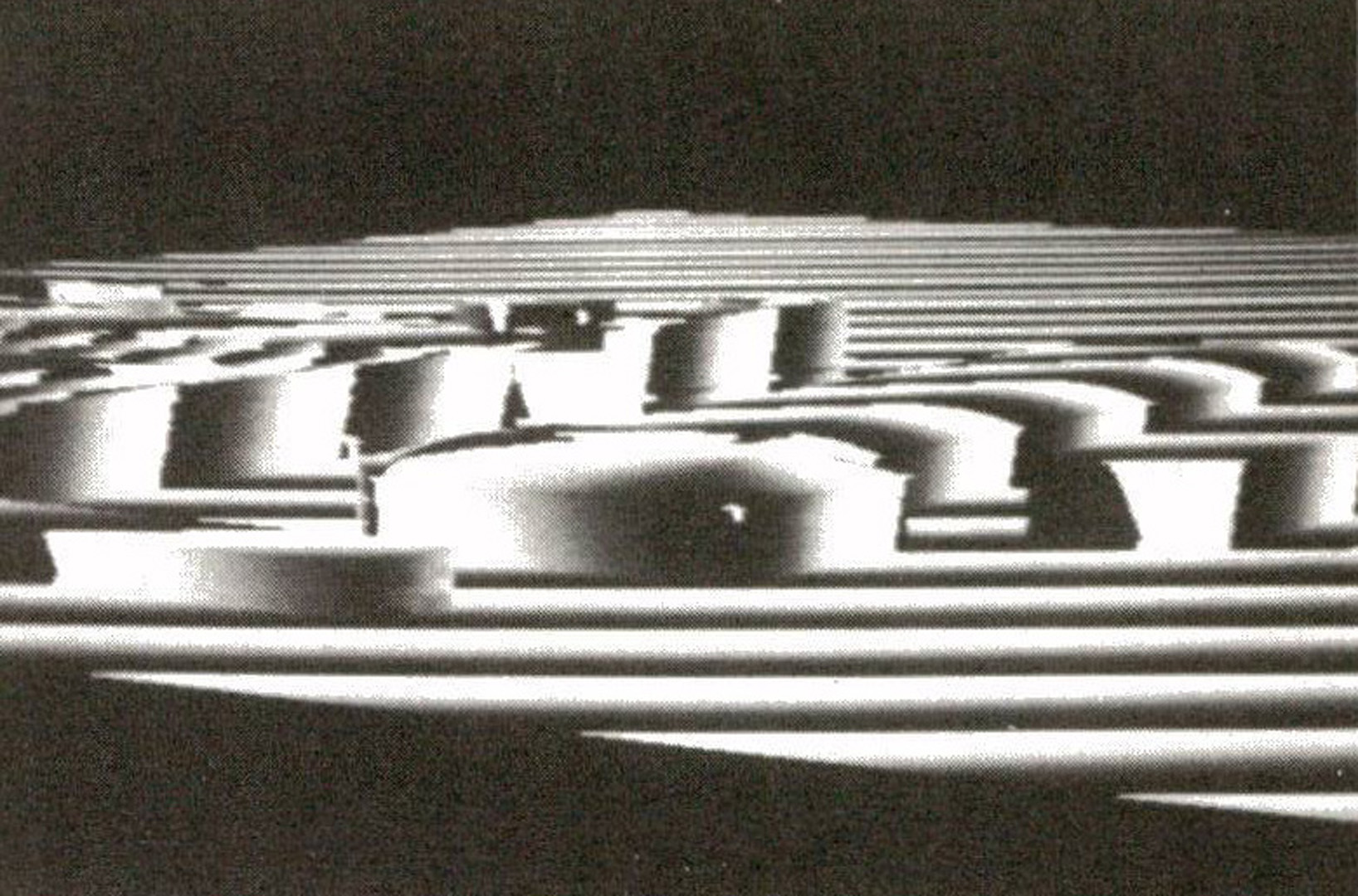“A sensor simulation and animation system” by Zimmerlin, Stanley and Stone
Conference:
Type(s):
Title:
- A sensor simulation and animation system
Presenter(s)/Author(s):
Abstract:
A shaded computer graphics system for sensor simulation and animation must possess extensive capabilities. Sensor simulation involves scenes that are viewed, environments that produce tones in the scenes, and sensors that image the scenes. Animation centers on image generation, but data input, motion specification, and tone specification routines are very important for an effective system. A unique system has been developed that models a variety of scenes, environments, and sensors. It possesses a balance of data input, motion and tone specification, and frame generation routines. The system possesses several user languages for data input. User defined sections of the scene can move. Visible, infrared, laser radar, and radar sensors have been modeled. The frame generator possesses advanced aliasing controls, textured shading, and a very fast list priority hidden surface algorithm. The system is used as a test bed for training simulators and sensor-based system simulation.
References:
1. Stathacopoulus, A. D., et. al. Review of mathematical models of air-to-ground target acquisition using TV and FLIR sensors. Contract N00123-75-C-0320, General Research Corporation, Santa Barbara, 1976.
2. Dungan, W., Stenger, T., and Sutty, G. Texture tile considerations for raster graphics. SIGGRAPH ’78, 1978.
3. Torrance, K., and Sparrow, E. Theory of off-specular reflection from roughened surfaces. Journal of Opt. Soc. of Amer. 57, 9 (Sept. 1967), 1105-1114.
4. Maxwell, J., and Weiner, S. Polarized emittance (Volume 1): polarized bidirectional reflectance with Lambertian or Non-Lambertian diffuse components. Contract Report No. 154, Environmental Research Institute of Michigan, Ann Arbor, 1974.
5. Howell, N. Predicting average value scattering from smooth, corregated, or dielectric surfaces at radar or laser frequencies. IEEE-GAP 1978 International Symposium, 1978.
6. Sutherland, I., Sproull, R., and Schumacker, R. A characterization of ten hidden-surface algorithms. ACM Computing Surveys 6, 1 (March 1974), 1-55.
7. Crow, F. C. The aliasing problem in computer generated shaded images. Comm. ACM 20, 11 (Nov. 1977), 799-805.




